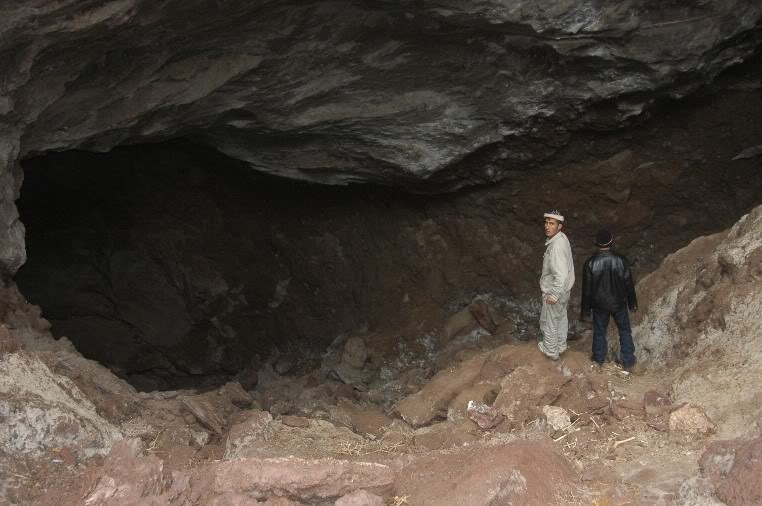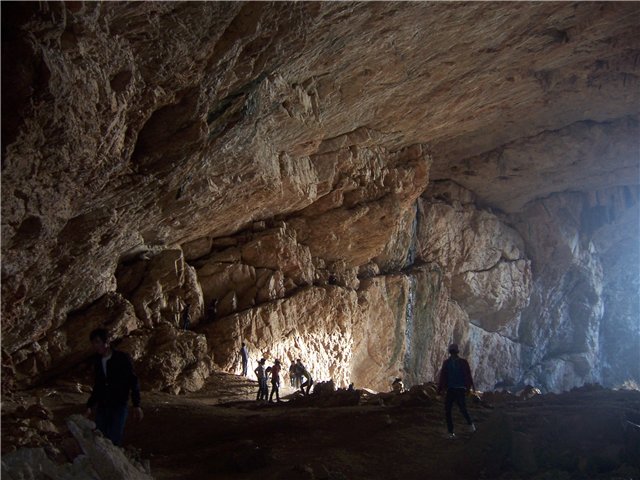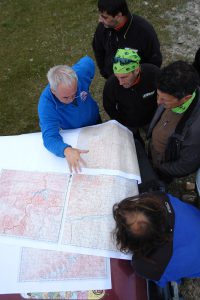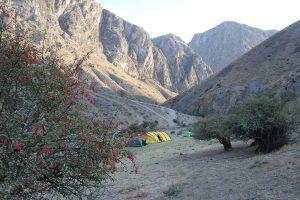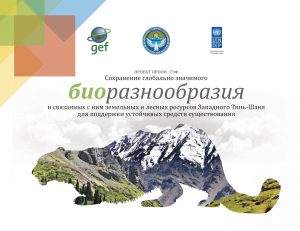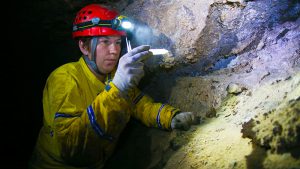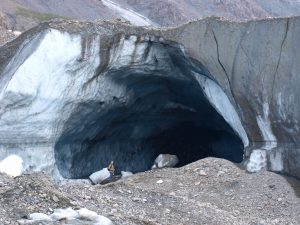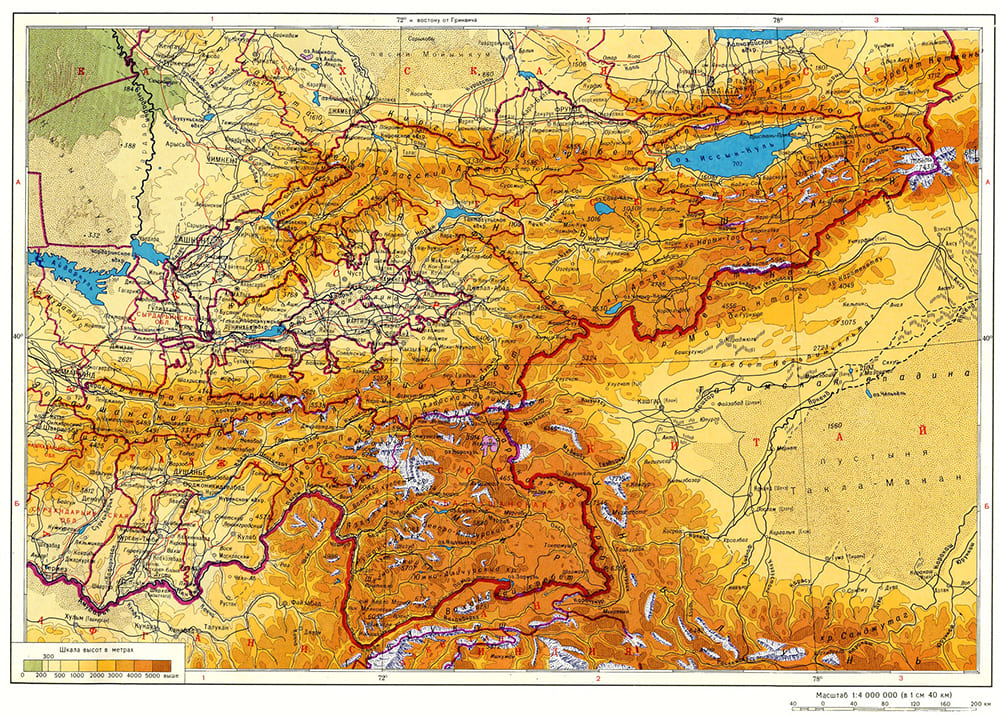
In 2021, we intend to continue working on the Central Asian transboundary speleo project. In this project, we plan to study transboundary karst areas that have remained closed for a long time for various reasons. These territories are located in remote places, high in the mountains and far from modern civilizations. Here are the deepest caves in Asia, which are located high on mountain plateaus and steep cliffs. The Central Asian transboundary project is a study of unknown karst regions in the countries of Central Asia, this is an exploration of the deepest caves, it is an acquaintance with local traditions and peoples.
The transboundary project will allow the study of karst areas that are located near state borders, but these borders do not exist for international expeditions of speleologists. For the first time in the history of speleological research, we want to look where no one has ever looked before. We want to discover the deepest and most interesting caves in the world. Join our project.
In 2019-2020, we carried out reconnaissance of some karst areas in Uzbekistan, Tajikistan, Kazakhstan and Kyrgyzstan. The cave exploration area in Kyrgyzstan has moved from east to west, where classic Paleozoic limestones are located. In Uzbekistan, the area of speleological research is now located to the south, where 3 years ago there was a militarized zone. In Tajikistan, we want to explore karst on the border with Uzbekistan and Afghanistan. In Kazakhstan, we plan to explore a limestone area in the southwest of the country near the Kyrgyz border.
Speleological research in Central Asia continues!
 Speleological studies are planned to be conducted in countries which today have no active young speleologists. Many mountainous areas of these countries were practically closed to tourists.
Speleological studies are planned to be conducted in countries which today have no active young speleologists. Many mountainous areas of these countries were practically closed to tourists.
In the plans of the project, is to explore unknown karst areas of the Pamir in Tajikistan. In the south of the country, there are huge mountain ranges of salt, in which salt caves are developed. Here there are several long caves up to 1500 m.
Northeast of the Nurek reservoir at the junction of the Tajik Depression and the high mountains of the Pamir, there is the high Vakhsh Plateau with numerous karst craters and valleys.
In the north of Tajikistan in the southern slopes of the Kuramin Range, we plan to explore the black openings on the vertical walls of the canyons.
In Uzbekistan, new opportunities to deepen the zone of speleological exploration have opened up to the south. Today, these are absolutely unexplored territories, which are composed of limestone rocks. The Baysun-Tau mountain range, the south-western spur of the Gissar, is one of the few high-mountainous areas on Earth where you can still find and explore the deepest caves.
An extensive inclined plateau hides inside the long Khoja-Gur-Gur-Ota Mountain (100 km) from west to east with dozens of famous and deep caves. In the south, the limestone plateau is cut off by a 500-meter cliff, forming the edge of the Earth. This cliff hides the famous caves Dark Star, Festivalnaya, Boy-Bulak and others. But, the southeastern part of the plateau and the cliff that was cutting it, until recently were closed to the public. Today this area remains unexplored. The length of the unexplored vertical wall is about 30 km.
According to geological conditions, the caves here should develop to a depth of more than 1500-2000 m. The relative tectonic stability and geological structure of the territory contributed to the formation of caves of great length and depth.
The project of the transboundary speleological research in Central Asia also covers the northern territories of the Tian-Shan in Kazakhstan. The Baraldai mountain range is the south-western spur of the Karatau range. Earlier, speleologists and tourists explored only small limestone areas which are located at the foot of the mountain range in easily accessible places.
In Kyrgyzstan, a new unknown karst region was discovered in the Middle Tian-Shan on the Naryn-Too range. It is a mountain range of 60 km long, which is completely composed of carboniferous limestone. The height of the plateau above the surrounding valley is more than 1000 m. The forgotten karst plateau Kumysh (3000 m) in the northwest of the Fergana Range is located in an area of difficult access, where deep caves can be developed in stone rubble at the bottom of the sinkholes.
In the Central Tian-Shan, in conditions of perennial ice and surrounded by the famous mountain peaks of Central Asia, we started a really extreme project to study the intraglacial drainage of the longest glacier on the Tian-Shan.
Central Asia is a territory full of color and ancient cultures of the people living here. We invite everyone to participate in our speleo projects.



